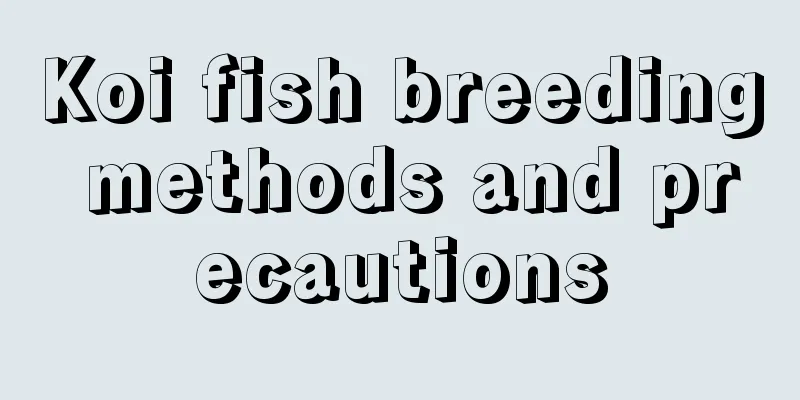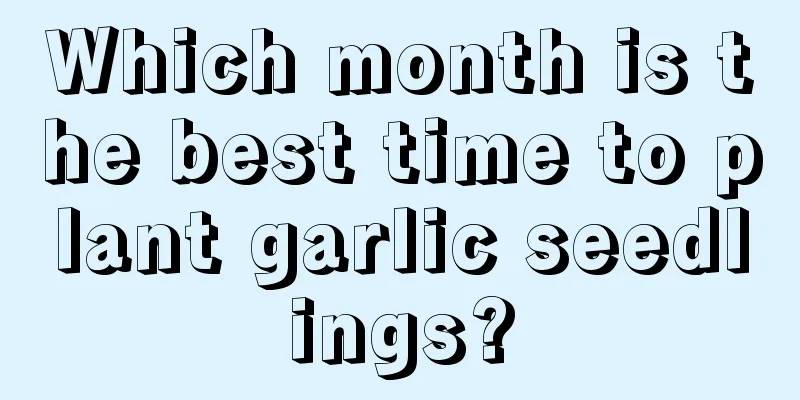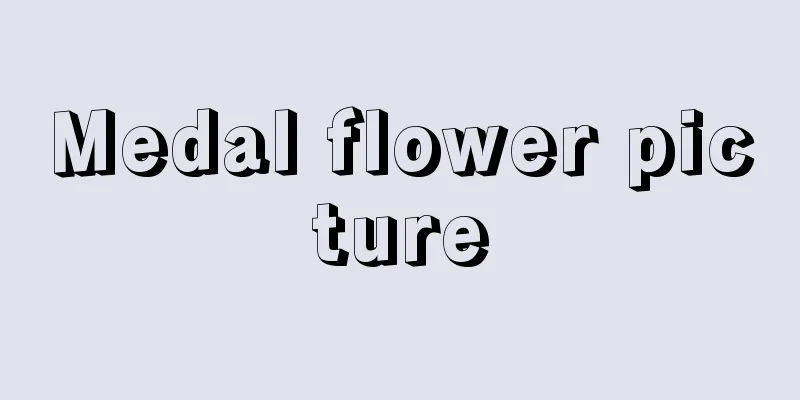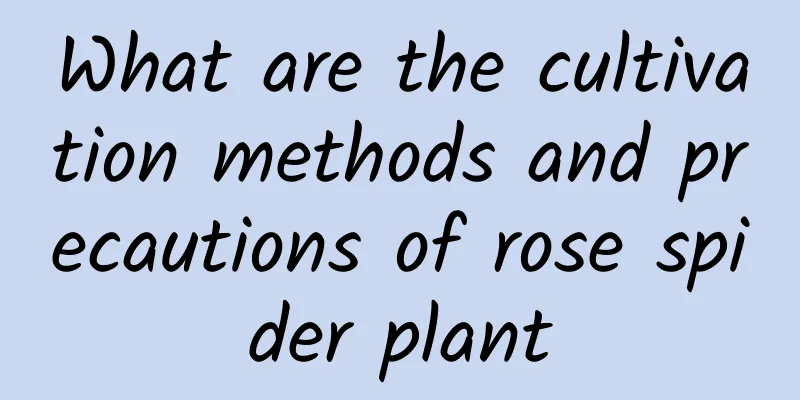What are the cultivation methods and precautions for soil cultured hyacinths?
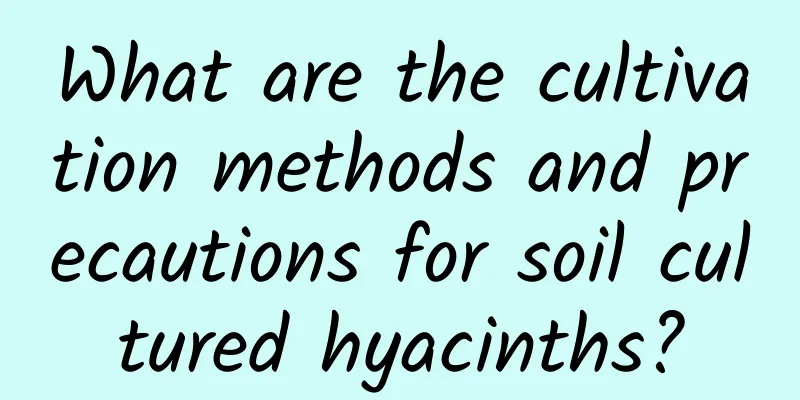
Soil culture hyacinth cultivation methodHyacinthus is a plant of the Hyacinthaceae family. The main methods of reproduction are division and sowing. It is a perennial bulbous plant. Its outer skin is purple-blue or white. When not in bloom, it is shaped like garlic, with narrow lanceolate and thick leaves. Soil-grown hyacinths prefer a growing environment with plenty of sunlight, warmth and humidity. They are suitable for maintenance under bright diffuse light. They like loose, fertile, well-drained sandy loam. In a suitable environment, soil-grown hyacinths can grow all year round and grow very fast. temperatureSoil-grown hyacinths are not resistant to high temperatures. If the temperature exceeds 35 degrees, the blind flower rate will increase. If the temperature is too low, the flower buds will be damaged by frost. During normal maintenance, the temperature needs to be adjusted appropriately to promote the growth of the plant. illuminationHyacinth likes an environment with plenty of sunlight. If the light is too weak, it will cause the plant to be weak, the stems to be too long, the flower buds to be small, the flowers to wither early, and the leaves to turn yellow. However, if the light is too strong, it will also burn the leaves and petals, shortening the flowering period. soilHyacinth is suitable for planting in well-drained, fertile, high in organic matter, good in aggregate structure, and neutral to slightly alkaline soil. You can mix leaf mold, garden soil, coarse sand, and bone meal to prepare the soil. The soil needs to be disinfected in advance before use. WateringSoil-grown hyacinths like a humid environment and need to be watered frequently to keep the soil slightly moist. However, the plants are not tolerant to waterlogging and water accumulation is not allowed, otherwise it will cause root rot. Control watering during the low temperatures in winter to keep the soil slightly dry. FertilizationHyacinths grown in soil are more resistant to fertilizer. During the growth period, you can apply thin liquid fertilizer once every half a month to promote its rapid growth and early formation. When applying fertilizer, be sure to dilute it with water. Do not apply concentrated fertilizer directly, which will burn the roots and affect growth. pruneThe yellow and dead leaves of hyacinths grown in soil can be trimmed at any time, especially the yellow leaves at the bottom need to be cleaned up in time to increase the ventilation and light transmittance of the plants. This can reduce the occurrence of diseases and pests and is conducive to the healthy growth of the plants. Precautions for soil culture of hyacinthIf hyacinth is not properly maintained, it may develop soft rot, sclerotinia and viral diseases. The soil needs to be disinfected and sprayed with thiophanate-methyl or benomyl once a week during the growth period to inhibit the spread of pathogens. Watering should be appropriate, ventilation management should be strengthened, and centrally diseased plants should be removed in time to significantly reduce the incidence rate. |
<<: What are the cultivation methods and precautions of Aspidistra
>>: What are the cultivation methods and precautions of Rieger Begonia
Recommend
Can the leaves of Buddha's palm reproduce?
Can leaves be used for propagation? For this ques...
unbelievable! 7 ways to grow flowers with just one plastic bottle!
Flower cultivation method 1: Rose cuttings Many f...
Huanghuali Planting Conditions and Climate Requirements
Huanghuali Introduction Huanghuali, also known as...
Is coriander easy to grow? How to grow coriander? When is the best time to plant it?
Coriander is a common vegetable in our lives. It ...
How to care for Molan to make it sprout new buds (When does Qihei Molan sprout leaf buds)
How to cultivate black orchid sprouts In fact, th...
How long does gardenia bloom? How to care for it after flowering?
Gardenia is a famous traditional flower in China....
Common Pests of Snapdragon and Their Control Methods
Common Pests of Snapdragon: Aphids Pest symptoms ...
What to do if grape leaves turn yellow
1. Shade and spray water Reason: When the sunligh...
The flower language and meaning of Phlox paniculata, and what are the taboos in giving it as a gift?
1. Flower language and meaning 1. Wealth: The Pha...
Lentil planting time and method
Lentil planting time The most suitable temperatur...
The legend of flowers
Lotus Lotus is a traditional famous flower in my ...
Common orchid diseases and their prevention and treatment methods
Orchid Sclerotium rot symptom The disease is most...
Can Forsythia be planted in pots at home? What size pot should I use?
1. Can it be potted at home? Forsythia is not tox...
When to top an avocado tree (tree shaping method)
1. When Avocado trees can be topped during mainte...
What flowers are suitable for growing in Yingkou? What are the city flowers and trees?
1. Climate characteristics of Yingkou Yingkou has...
